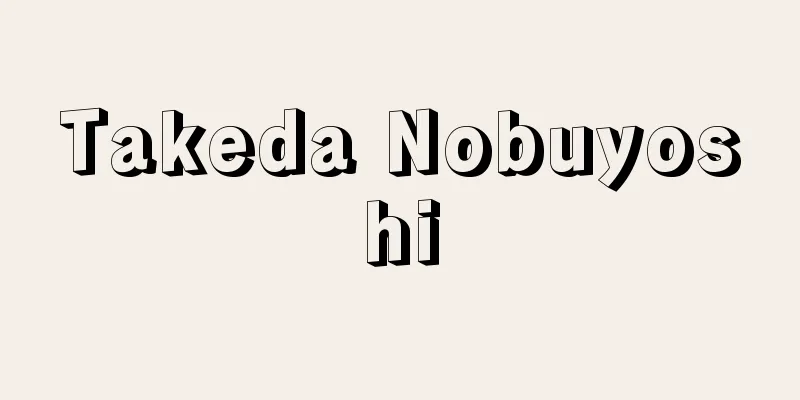Robert Hofstadter

|
American physicist. He studied at the State University of New York and received his doctorate from Princeton University in 1938. From 1939, he worked as a research associate at the University of Pennsylvania, where he was involved in the construction of a Van de Graaff apparatus for atomic nuclei research. He also met Leonard Isaac Schiff (1915-1971), whom he later became friends with. During World War II, he worked at the National Bureau of Standards (now the National Institute of Standards and Technology) and the Norden Laboratory. After the war, he went on to Princeton University, and in 1950 became an associate professor at Stanford University, where he began experiments on high-energy electron scattering using a linear accelerator that was under construction. From 1954, he worked on research on protons and neutrons, and then used a greatly modified linear accelerator to measure the form factor of the nucleon and discover new elementary particles, contributing to the development of nuclear and particle physics. He received the Nobel Prize in Physics in 1961 for his "research on the scattering of electrons by atomic nuclei and his discoveries regarding the structure of the nucleon." He shared the award with Mössbauer, who researched the resonance absorption of gamma rays and discovered the Mössbauer effect. [Takenobu Kobayashi January 21, 2019] "Research on electron scattering of atomic nuclei and discoveries regarding their structure" (translated by Taizo Muta, included in "Nobel Prize Lectures Physics 9" edited by Seitaro Nakamura and Michiji Konuma, 1979, Kodansha) [Reference items] | | | | | |Source: Shogakukan Encyclopedia Nipponica About Encyclopedia Nipponica Information | Legend |
|
アメリカの物理学者。ニューヨーク州立大学で学び、1938年プリンストン大学で学位を得た。1939年からペンシルベニア大学研究員として原子核研究用のバンデグラーフ装置の建設に従事した。またこのとき知り合ったシッフLeonard Isaac Schiff(1915―1971)とは、同僚・友人として長いつきあいとなった。第二次世界大戦中は国立標準局(現、国立標準技術研究所)、ノルデン研究所に勤務。戦後、プリンストン大学を経て、1950年スタンフォード大学準教授となり、建設中の線形加速器を用いて高エネルギー電子散乱の実験にとりかかった。1954年からは陽子と中性子に関する研究に携わったのち、大改造された線形加速器を用いて、核子の形状因子の測定をはじめ、新たな素粒子を発見するなど核物理学、素粒子物理学の発展に貢献した。「原子核による電子の散乱の研究、核子の構造に関する発見」により、1961年ノーベル物理学賞を受けた。γ(ガンマ)線の共鳴吸収を研究し、「メスバウアー効果」を発見したメスバウアーとの同時受賞であった。 [小林武信 2019年1月21日] 『牟田泰三訳「原子核の電子散乱の研究と構造に関する発見」(ノーベル財団著、中村誠太郎・小沼通二編『ノーベル賞講演 物理学9』所収・1979・講談社)』 [参照項目] | | | | | |出典 小学館 日本大百科全書(ニッポニカ)日本大百科全書(ニッポニカ)について 情報 | 凡例 |
<<: Cornelis Hofstede de Groot
>>: Pobusang - hofusho (English spelling)
Recommend
Peter Behrens
German architect. Born in Hamburg. Initially he a...
Yami
...However, scholars differ in opinion as to the ...
Okubo Seidanmono - Okubo Seidanmono
...The stories of Abe Bungo-no-kami's crossin...
Plzeň - Plzen (English spelling)
Pilsen is the central city of the western Bohemia...
Kabul (English spelling)
The capital of Afghanistan. Population 700,000 (19...
God King - Miwaou
737-806 A court noble from the Nara to early Heia...
《Kanariya》 - Kanariya
…While the poems were based on Japanese tradition...
Wolf dog - wolf dog
…Its most distinctive feature is its black tongue...
Emilia sagittata (English spelling) Emilia sagittata
…[Hiroji Koyama]. . … *Some of the terminology th...
Filiger, C.
…Gauguin's Vision after the Sermon (1888) is ...
Xingqing Palace
A palace in the Tang Dynasty, China. Located in th...
Bund (English spelling)
A Jewish social democratic organization in the for...
Parasitology - Helminthology
...That is, it refers to a group of animals that ...
Landells, E.
…It is a British weekly illustrated satirical mag...
Prince Shiki
A poet of the Manyoshu. He was active during the ...









